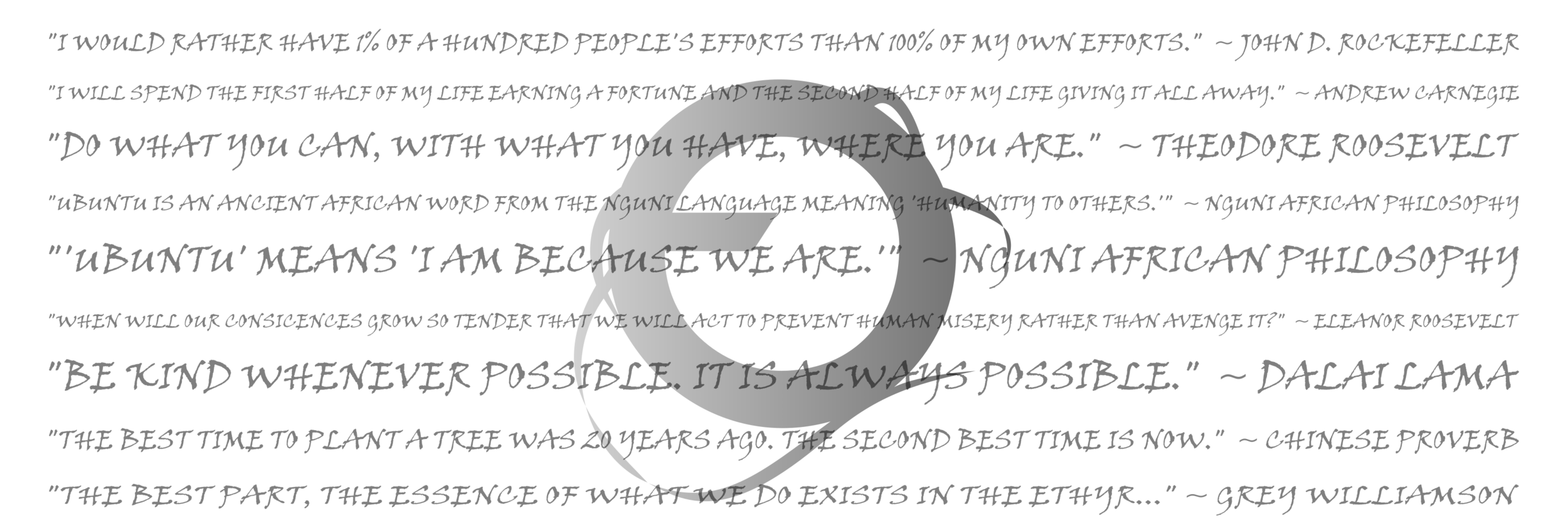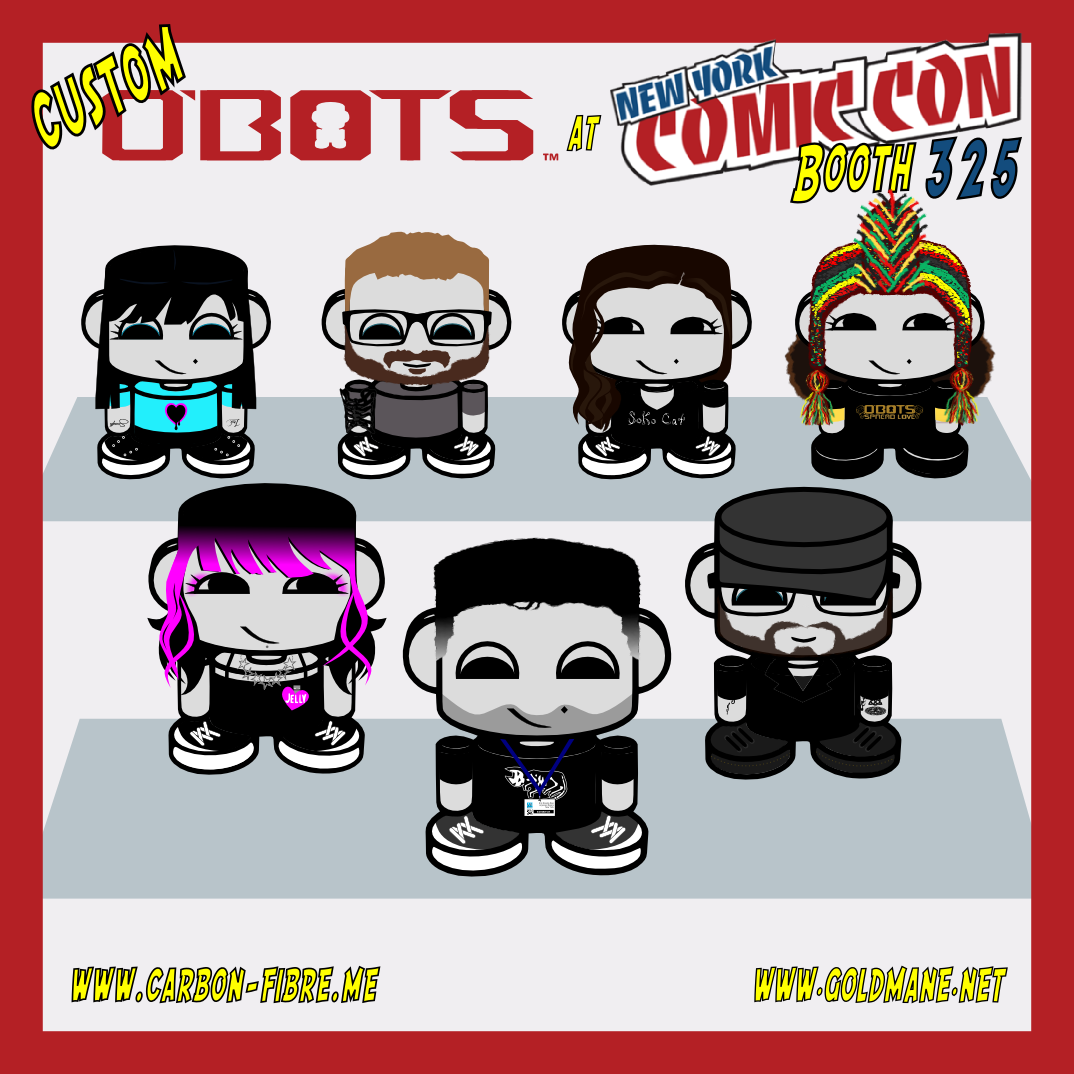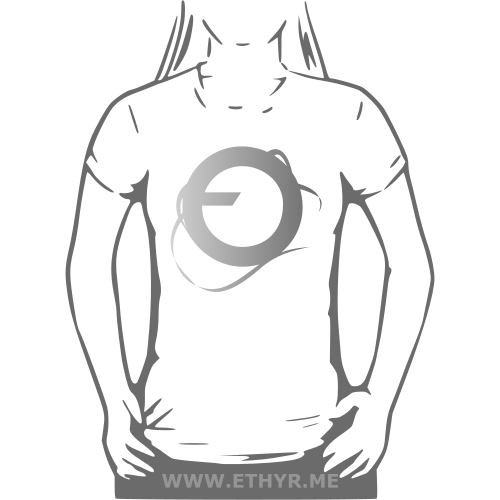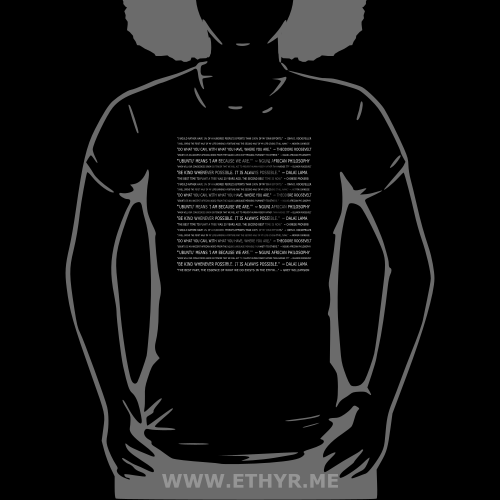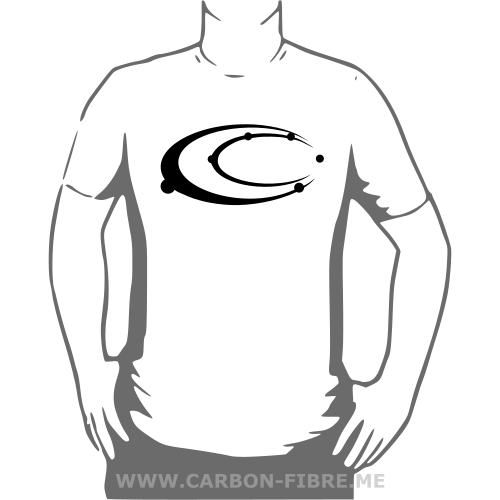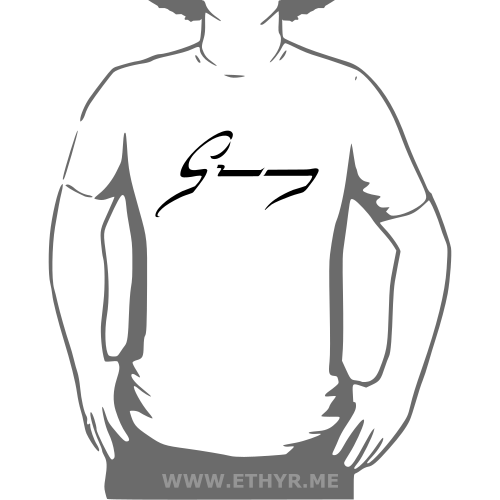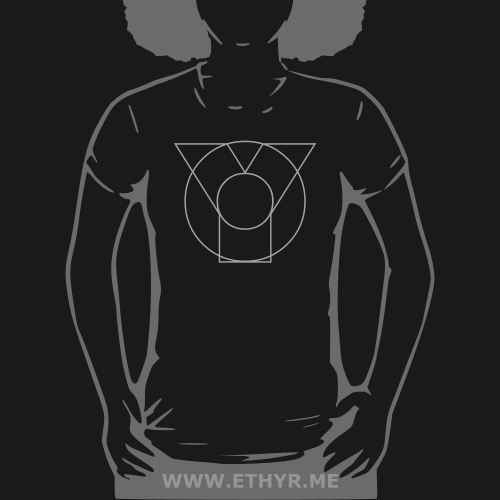A Note from Grey Williamson
/The art of visual storytelling, in a simplified form like the comic book, is an invaluable form of expression. One can literally change the world with an unadulterated statement made in the form of an easily understandable sequence of strategically placed words married to provocative imagery. Its simplicity allows for complete control of an artistic vision by a creative storyteller in an easy access, user-friendly format.
Coming from a strong professional background in comic book creation, I was well aware of the strengths of the art form.
Deciding to take advantage of that concept without a huge media conglomerate behind my effort, I was forced to refine my thinking and sharpen my focus on a specific artistic objective... addressing the disenfranchised mature adult audience.
It had been roughly, 40 years since Marvel Comics revolutionized the art form. The advancement of technology, the internationally recognized emergence of a new Black American culture, the breaking down of misconceptions in the representation of alternative spiritual belief systems, the exposition of the world politic, all these things the direct result of the information age, have changed the face of the world... without significantly changing the American approach to comic book creation.
Forty years later there exists nothing in American Comics more spiritually challenging than Ditko’s Doctor Strange, more ethnically aware than Kirby’s Black Panther, and Superman still flies around in tights and a cape... all represented in a basically unchanged format.
In response to this, and in what I believe to be the boldest statement I can make, I present Carbon-Fibre Media.
Carbon-Fibre Media is a company designed for the more mature reader. It speaks directly to the mindset that understands and appreciates those elements that make for enjoyable entertainment... good, solid, original art, and good, solid, original storytelling in a raw, uncensored platform.
We endeavor to touch that audience in as inventive and pure a manner as the comic book did in the early 60’s.
In order to function in this industry with any real integrity as a creator, one must be willing to take risks... risks of content like Kirby and Ditko took, visual design risks like those taken by Steranko and Miller, Stylistically expressive risks like the works of Crumb and Boone, and bold industry moves like those made by Lee, Shooter and McFarlane.
One must be prepared for, ostracization and even personal attacks by professional peers in the industry and unpopularity and non-acceptance amongst some mainstream die-hard fans.
Is it worth the risk?
Undoubtedly.
~ Grey


